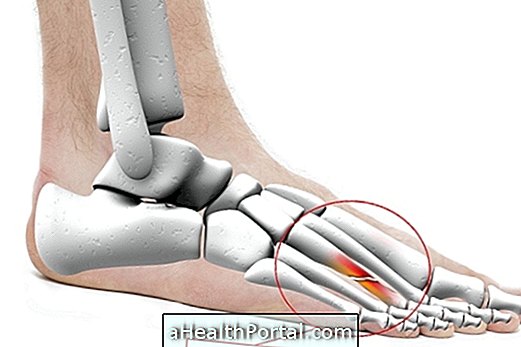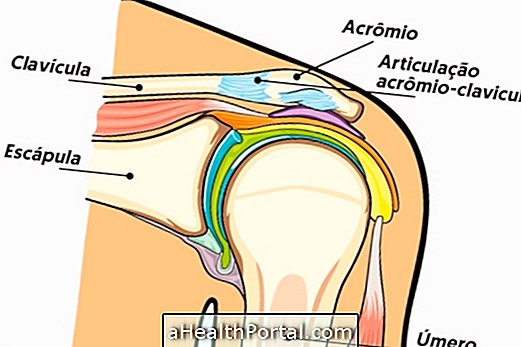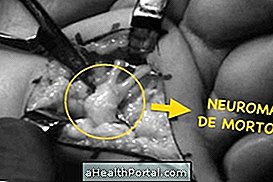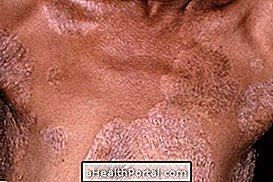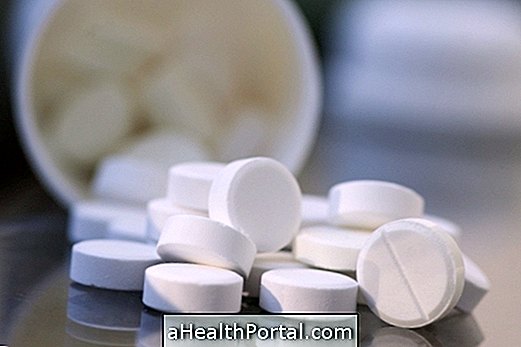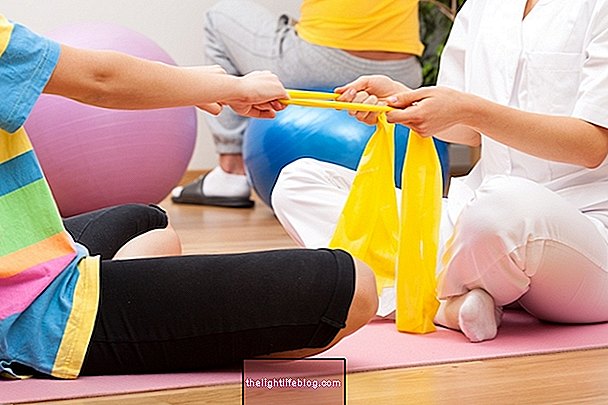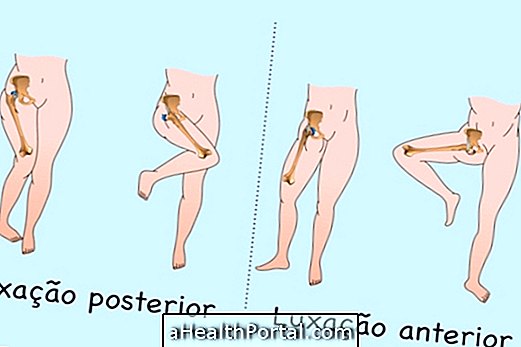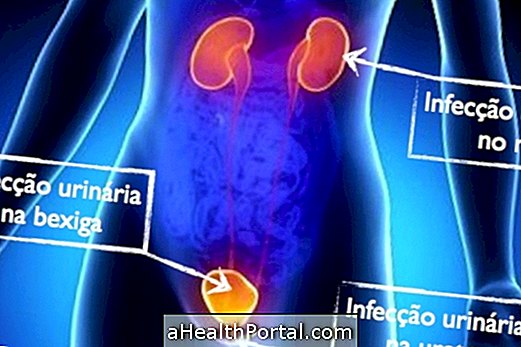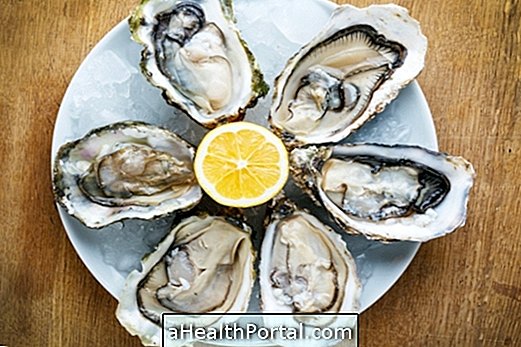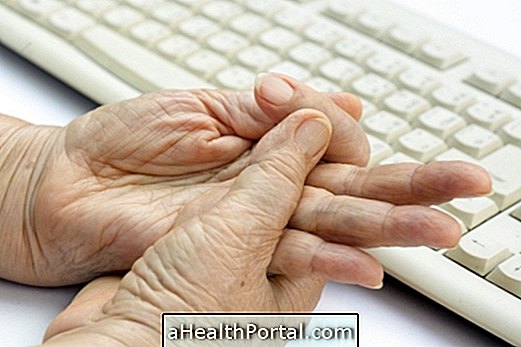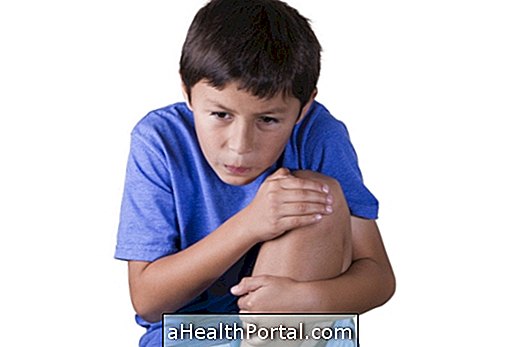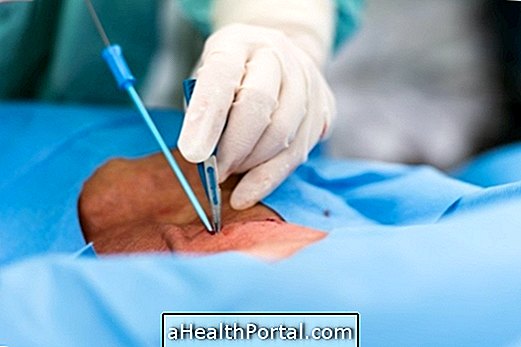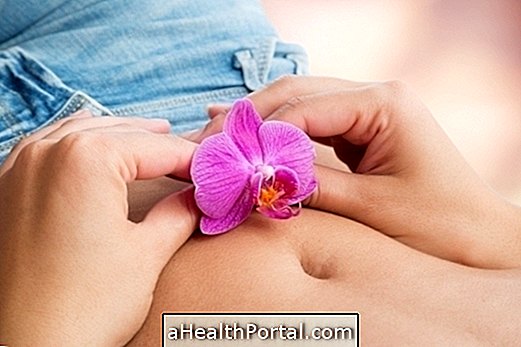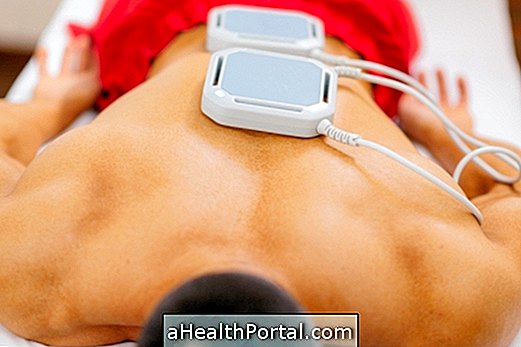Treatment for knee osteoarthritis should always be guided by an orthopedist as it is usually done to relieve the specific symptoms of each patient and prevent the development of the disease, since there is no cure for osteoarthritis.
Thus, most treatments for knee arthrosis are done with:
- Painkillers, such as Paracetamol or Dipyrone: help to reduce the pain experienced by the patient, especially before or after doing some type of exercise with the affected limb;
- Anti-inflammatories, such as Ibuprofen or Naproxen: reduce local inflammation in the joint, relieving pain and allowing mobilization of the affected limb. They can be used in the form of pills or ointments to pass on the knee. Know some examples: Anti-inflammatory ointments.
- Infiltration of corticosteroids, such as triamcinolone hexacetonide or hyaluronic acid, being especially indicated when there is proven joint narrowing, several osteophytes, subchondral sclerosis and deformity in the bone contour;
- Hydrotherapy and / or swimming: Because in addition to reducing the symptoms of osteoarthritis, it helps to lose weight, which is also an important factor in decreasing the evolution of the disease;
- Application of cold / heat: Useful to reduce the symptoms of arthrosis, but the indication of the use of cold or heat will depend on the objective and progression of the disease, which should be indicated by the physiotherapist;
- Surgery to put a prosthesis on the knee is indicated when previous treatments have not had the expected result.
In addition, your doctor may also recommend doing physical therapy sessions to help strengthen your knee and reduce the need for medication.
In the most severe cases, it may be necessary to have surgery for knee arthrosis that consists of removing damaged cartilage parts and replacing it with an artificial prosthesis. Learn more at: Knee prosthesis.
Physiotherapy for knee arthrosis
Physiotherapy for knee arthrosis is generally advised from the beginning of treatment to strengthen the leg muscles, increase the range of knee movement and decrease pain.
Normally, physical therapy for knee osteoarthritis should be done at physical therapy clinics 4 to 5 times a week in approximately 1 hour sessions. See some physiotherapy exercises you can do at home in this video:

Natural treatment for knee arthrosis
A good natural treatment to relieve the pain of arthrosis in the knee is to apply a wet compress in warm chamomile tea, as the heat in combination with the analgesic properties of the plant helps to quickly reduce the pain.
In addition, other natural treatments for knee arthrosis include acupuncture, postural drainage and knee massage, for example.
Signs of improvement in knee arthrosis
Signs of improvement in knee arthrosis appear about 1 to 2 weeks after the start of treatment and usually include reduced difficulty in moving the affected leg, increased joint amplitude and decreased knee swelling.
Signs of worsening knee arthrosis
Signs of worsening knee arthritis appear when treatment is not being done properly and can include difficulty walking and increased swelling in the knee.
In addition to arthrosis, there are other problems that can cause knee pain, see:
- Knee popping
- Knee pain
Was this information helpful?
Yes No
Your opinion is important! Write here how we can improve our text:
Any questions? Click here to be answered.
Email in which you want to receive a reply:
Check the confirmation email we sent you.
Your name:
Reason for visit:
--- Choose your reason --- DiseaseLive betterHelp another personGain knowledge
Are you a health professional?
NoMedicalPharmaceuticalsNurseNutritionistBiomedicalPhysiotherapistBeauticianOther


